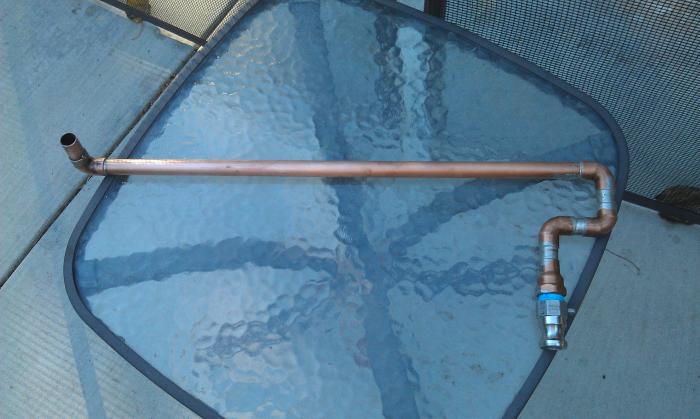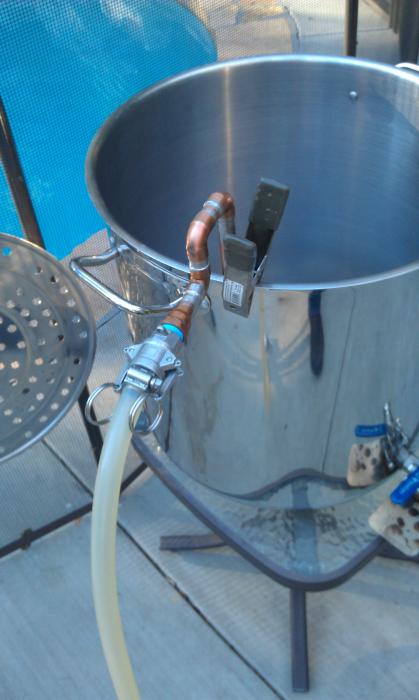Can anyone help me out with understanding the pros/cons of recirculation during the BIAB process?
- What are the pros/cons?
- Do folks recirculate during warm up to strike temperature? Why?
- Do folks recirculate during the entire mash?
- Does it help maintain consistent mash temperatures throughout the mash (top to bottom) and during the mash?
- Is it more prevalent in electric or gas setups?
- And one more question - does recirculation help after the boil with cooling the wort, assuming you use an immersion chiller?
I'm planning a eBIAB build and am trying to decide whether to include recirculation.
Thanks!
- What are the pros/cons?
- Do folks recirculate during warm up to strike temperature? Why?
- Do folks recirculate during the entire mash?
- Does it help maintain consistent mash temperatures throughout the mash (top to bottom) and during the mash?
- Is it more prevalent in electric or gas setups?
- And one more question - does recirculation help after the boil with cooling the wort, assuming you use an immersion chiller?
I'm planning a eBIAB build and am trying to decide whether to include recirculation.
Thanks!





